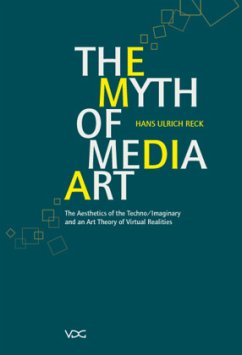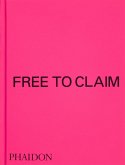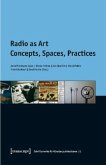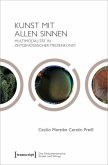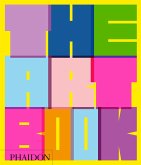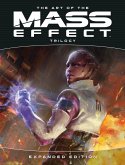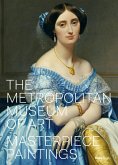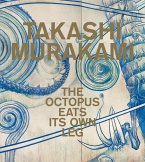Modernist art underwent strong mobilization during the 20th century. Any material, any existing or conceivable object, or any expressible fact potentially became an expressive medium of art. The duplication of positions, gestures and models corresponds to the incredible increase of materials with which works of art can be expressed. Signs have become dissociated from signification, resulting in an intensive mediatization of art and the artistic process - not to speak of the increasing influence of art on life and utopias, society and architecture, politics and nature, environment and the public, philosophy and design. We have become familiar with the buzzwords: "media art", "multimedia", "intermedia", "environments", "video sculpture", "computer-based art", etc. The well-known term "media art" was coined over ten years ago in order to open up a new "playground" for art. It is now time to critically examine what really lies behind this label.
"The Myth of Media Art" deals with key issues of contemporary media art. In the second part of the book, "Media Contexts: Key Topics, Arguments, Examples", art-related fields and significant media issues illustrate the inter-relationship between poetic creation and labor, and artistic practice and economy. Furthermore, the book provides an analysis of fragmentation and totality as diametric poles of a utopian renewal of art, as well as prospects of a media Mannerism, i.e., a renewal of art developed to a meta-level awareness of form in the era of advanced media machines. The book concludes with a careful examination of several works by important artists.
Hinweis: Dieser Artikel kann nur an eine deutsche Lieferadresse ausgeliefert werden.
"The Myth of Media Art" deals with key issues of contemporary media art. In the second part of the book, "Media Contexts: Key Topics, Arguments, Examples", art-related fields and significant media issues illustrate the inter-relationship between poetic creation and labor, and artistic practice and economy. Furthermore, the book provides an analysis of fragmentation and totality as diametric poles of a utopian renewal of art, as well as prospects of a media Mannerism, i.e., a renewal of art developed to a meta-level awareness of form in the era of advanced media machines. The book concludes with a careful examination of several works by important artists.
Hinweis: Dieser Artikel kann nur an eine deutsche Lieferadresse ausgeliefert werden.

